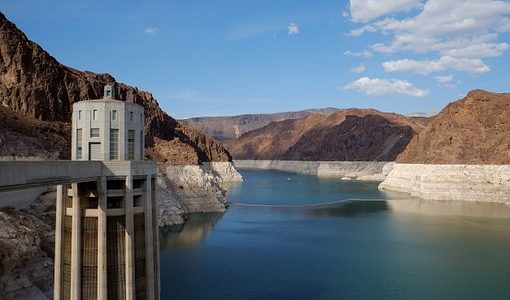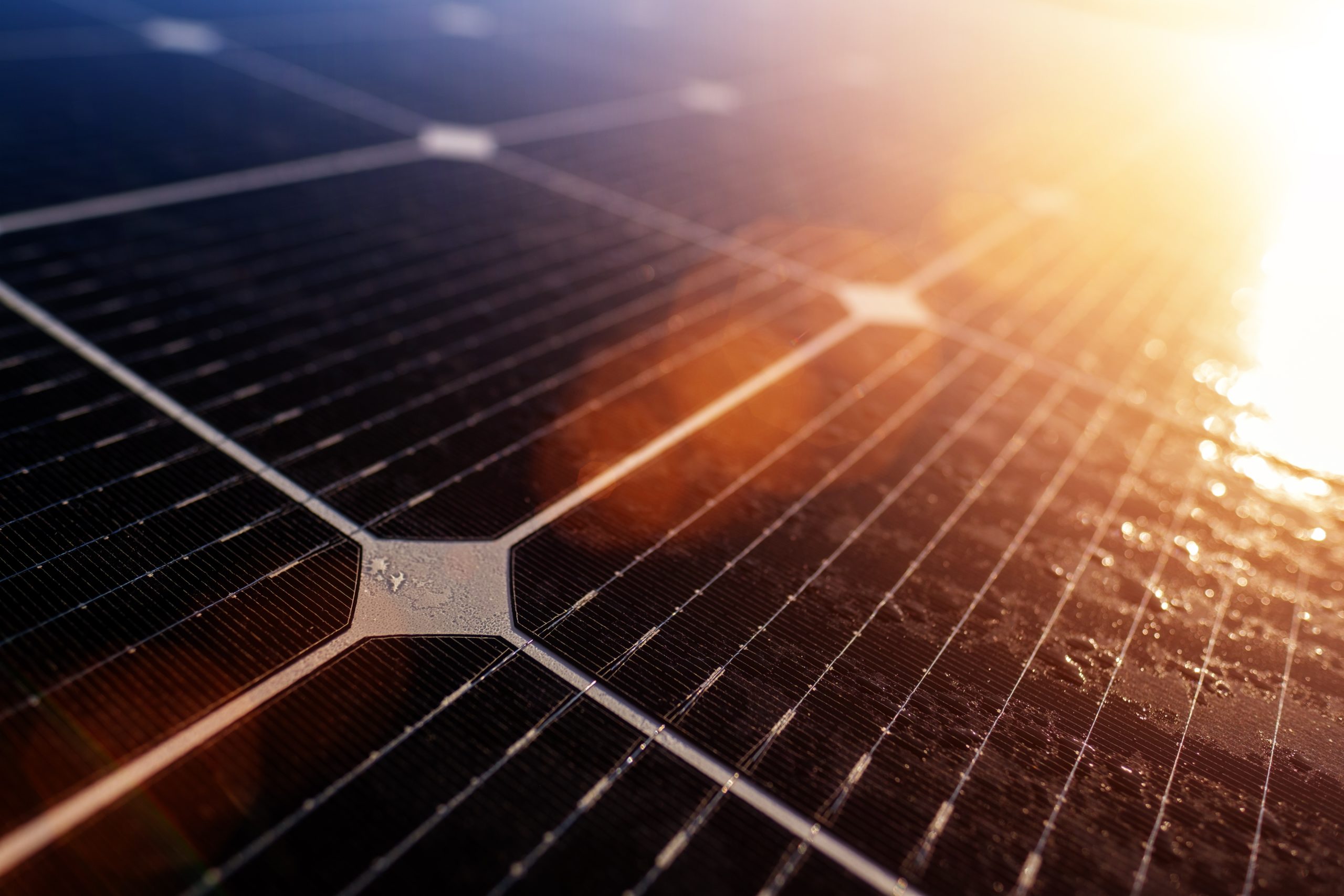
As the southwestern United States became more and more populated in the beginning of the 20th century, the tempestuous Colorado River tested the depth of the desire of West Coast settlers. Communities that clung to the banks of the Colorado as its lifeblood would hemorrhage once the river began to flood. It took a shift in perspective, a willingness to look at a problem and see an opportunity. Approved by the U.S. Congress in 1928, the idea was to harness the raw power of the river by building a dam greater by far than any previously constructed.
In the span of a year, however, circumstances changed drastically and the call to greatness came from upstream. Just a few months into his term, President Herbert Hoover inherited this project, as well as an economy that would utterly collapse, sparking the Great Depression. Greatness, however, doesn’t succumb to the rising of the tides, but stands firm upon certain principles. In this case, man must have purpose if he is to overcome difficulties, and so thousands were put to work, the equivalent of $639 million was invested, and over 100 lives were lost in order to build what would come to be known as the Hoover Dam.
Lauded as one of the greatest feats of engineering up to that point, the Hoover Dam made it possible for the naturally parched states of California, Arizona and Nevada to flourish, even giving rise to that notorious oasis of sin: Las Vegas. Today the Hoover Dam powers over a million homes by producing 4.2 billion kilowatt-hours of electricity a year. Though this sounds hefty, experts estimate that the structure is only operating at about 22% efficiency and has the potential to produce much more energy given the right circumstances. Nevertheless, as age-old wisdom dictates, too much of a good thing is a bad thing. Having too much electricity at the ready could overload the grid and cause blackouts, in much the same way as simultaneously running the air conditioner, the microwave and a hair dryer will inevitably trip a switch in the fuse box. California, as the nation’s highest producer of solar energy, knows this problem very well. At times, it has had to pay neighboring states to take excess electricity off its hands.

Inspired by the Hoover’s legacy of innovation, the Los Angeles Department of Water and Power recently announced that it is pursuing a proposal to transform the dam into an extremely large “battery”. This isn’t the type of battery you can snag at the checkout when buying your groceries for the week. The idea is to install a water pump approximately 20 miles downstream of the dam. This will make it possible to meet periods of higher demand for electricity by simply pumping water from the Colorado River back up into the dam; currently, the only way of meeting the higher demand is by burning up fossil fuels. On the flip side of the coin, when the restless Cali sun causes solar panels to be over-eager in the production of electricity, the pumping station could expend that energy through the pumping process.
The price tag is a hefty one: it’ll take $3 billion dollars to make this dream a reality and the City of Angels will need to convince Uncle Sam to give it the green light. However, as fossil fuels are increasingly depleted, the future demands solutions like these. Private corporations have already begun to capitalize on the need to control the flow of electricity. Recently, the clean energy company Tesla (famous as much for its sleek rides as it is for its charismatic CEO) sold California nearly 400 of its pricey Powerpacks for just this purpose. An independent assessment has found that the cost of utilizing lithium-ion batteries to store electricity breaks down to 26 cents per kilowatt-hour of electricity, while the Hoover Dam project would be significantly more affordable at 15 cents per kilowatt-hour.
To help save electricity and your pocket-book, start with your dirty laundry. As a rule of thumb, peak hours for energy consumption occur between 4pm and 7pm, so in order to avoid premium rates from your energy provider, wash and dry outside of these hours. Also be conscious of the fact that during the summer months demand for electricity is highest in the evenings, while winter sees a crowd in the morning.


